A Rimini contemporary art museum celebrates local history through culture
A new Italian contemporary art museum, the Palazzi dell’Arte Rimini, is the visionary transformation of two medieval buildings into a welcome cultural hotspot, courtesy of the city council, a local sense of civic responsibility and Milan based architect Luca Cipelletti
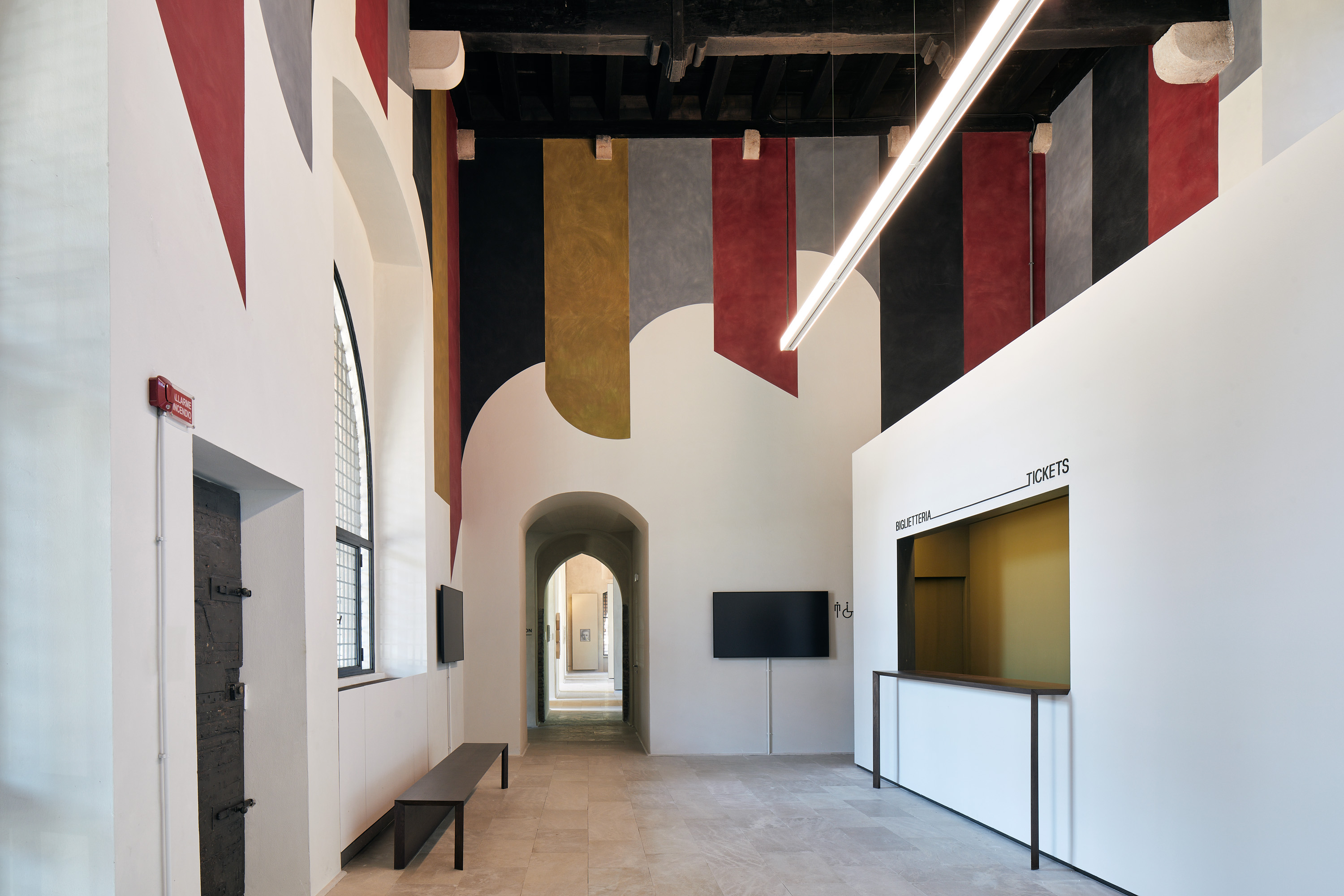
Henrik Blomqvist - Photography
Rimini is about to bear the cultural fruit of a productive combination of public policy, a local sense of civic responsibility and a strong architectural vision. This mini-metropolis on Italy’s Riviera Romagnola, known as the country’s party capital and the home town of Federico Fellini, is opening the doors to a new contemporary art museum. PART, or Palazzi dell’Arte Rimini, is an adaptation and renovation project by Milan based architect Luca Cipelletti. It is housed in two medieval buildings in the city’s main square - the 13th Century Palazzo dell’Arengo and the 14th Century Palazzo del Podestà.
The project has a remarkable grassroots origin story. The hills surrounding Rimini have been home to some of Europe’s most legendary discos, but also to the San Patrignano Community – a dedicated, hard-working, drug rehabilitation centre operating since 1978 for men and women. This community later established itself as a foundation. Thanks to its efforts and to charitable donations of numerous works of contemporary art over the years, it has built up an eclectic and ambitious collection.
According to a new endowment model for Italy, artworks donated to a foundation that cannot be loaned for long periods, need instead to be made accessible to the public. This provided the City of Rimini with the opportunity to create itself a new art museum.

The restoration of the two historic buildings was only part of Cipelletti’s task. He also had to completely rethink the rooms as spaces for art, for example, ensuring there are extra surfaces for exhibition space and hanging. ‘My aim was to enhance the impressive medieval volumes, but avoid reconstructing new elements in the historical style,' he says. ‘I wanted to bring out the precious original elements, such as the materials, the Palladian wooden trusses, the large polifora windows. The interventions of technical modernisation, the paint colours on the surfaces, the flooring and the fixtures all express a balance between a contemporary aesthetic language and its historic counterpart.'
The art museum, including the ticket office and café, occupies two levels. Spatial fexibility, which allows the architecture to transform into any interior needed for each show, was key. Cipelletti, inspired from Italian masters such as BBPR, Carlo Scarpa and Franco Albini, designed the space so that the galleries place the art at centre stage. Yet it also offers the visitor visual rhythm, as well as opportunities to pause and reflect.
New, freestanding walls create additional wallspace for displays, navigating the structures' large windows. There are newly installed, near-invisible, bronze window frames; flooring and bespoke furniture in durmast oak; and plinths in stone from San Marino. The last is the same material that was used in medieval times but, seeing as it can no longer be quarried, it was recovered from an old warehouse and reused.
Attention to detail and material use, both original and contemporary, a sense of perspective and a ‘less is more' attitude guided the architect’s hand through the development of all interiors. The project is completed by a lighting concept by designer Alberto Pasetti Bombardella and a site-specific piece by artist David Tremlett.
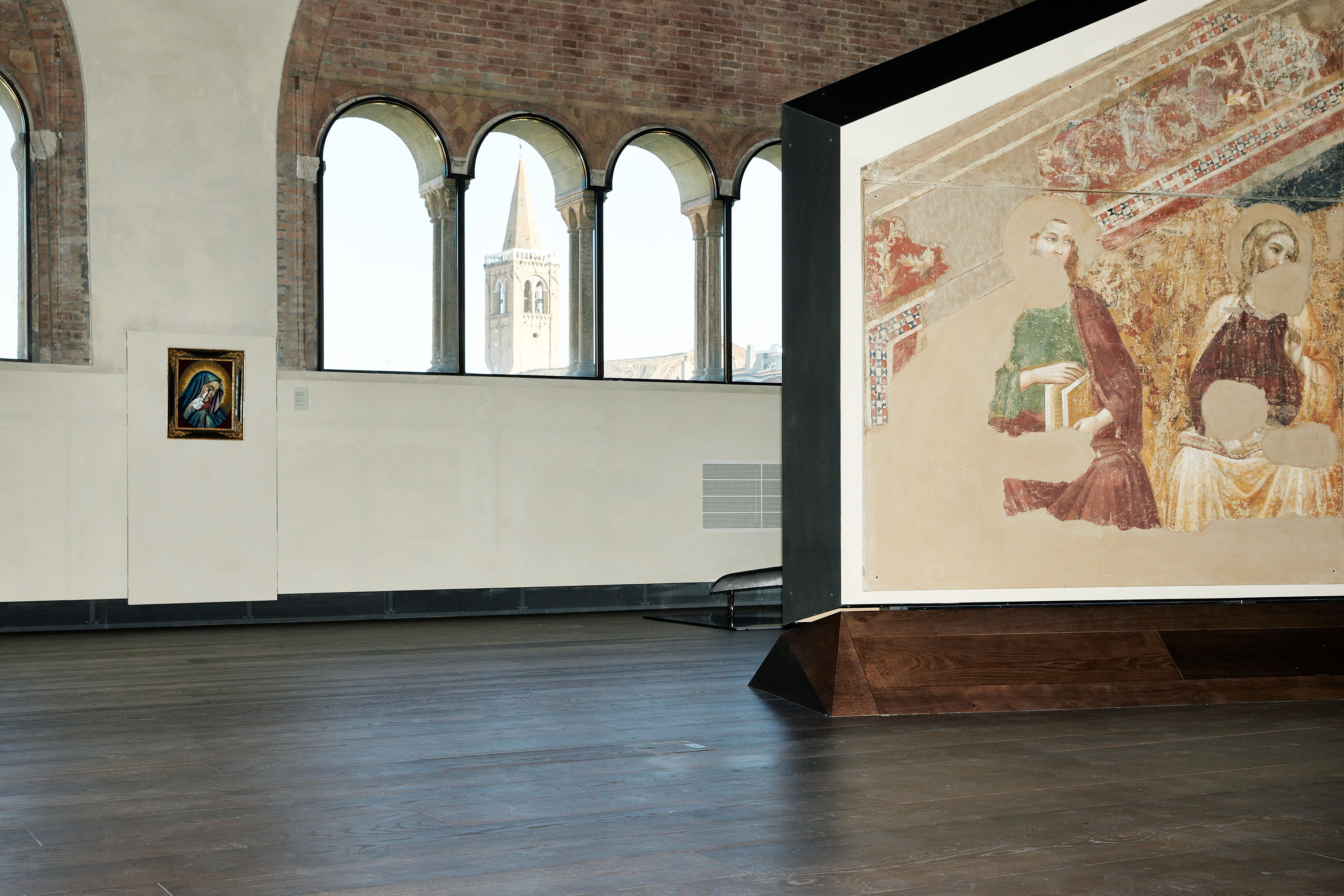
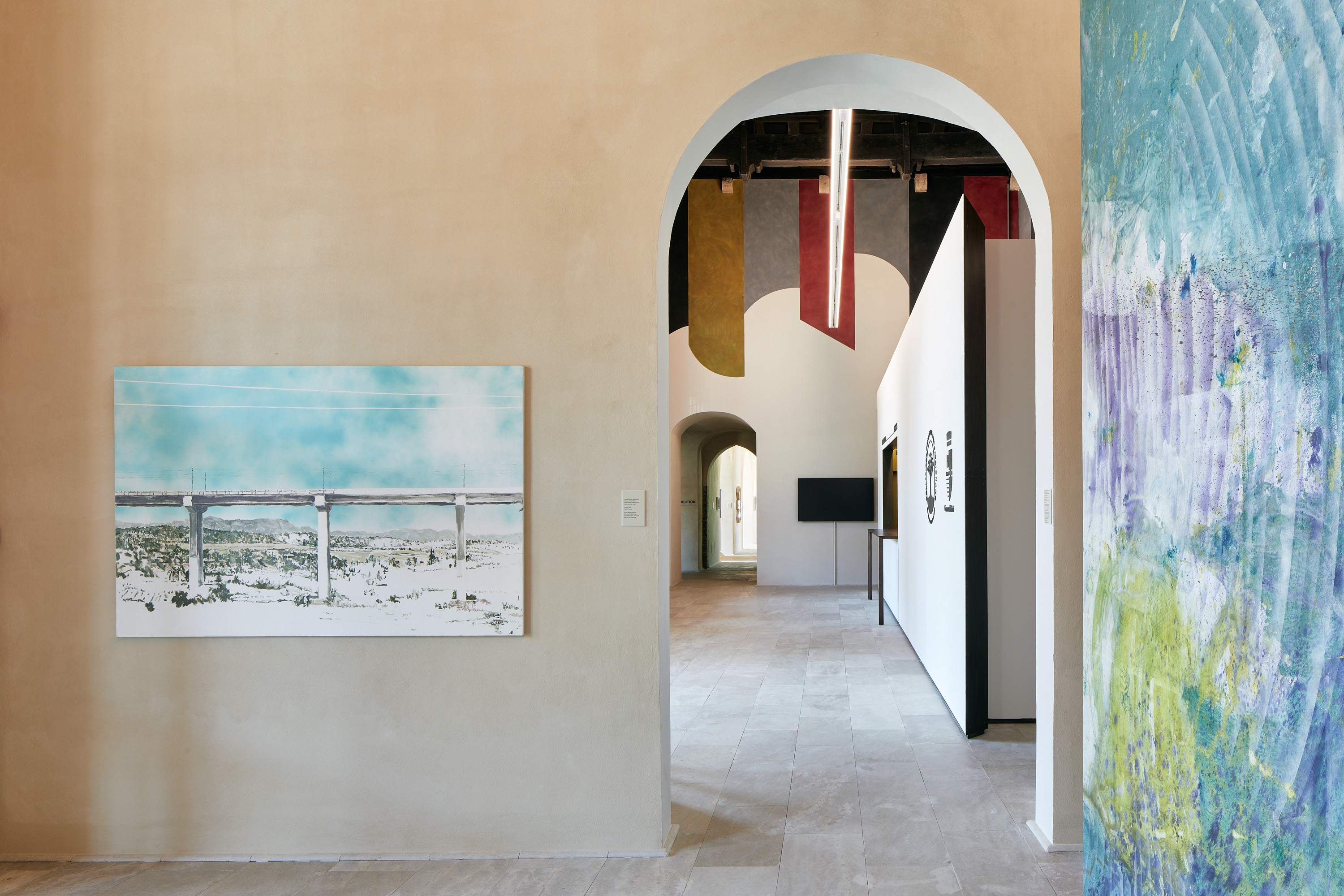
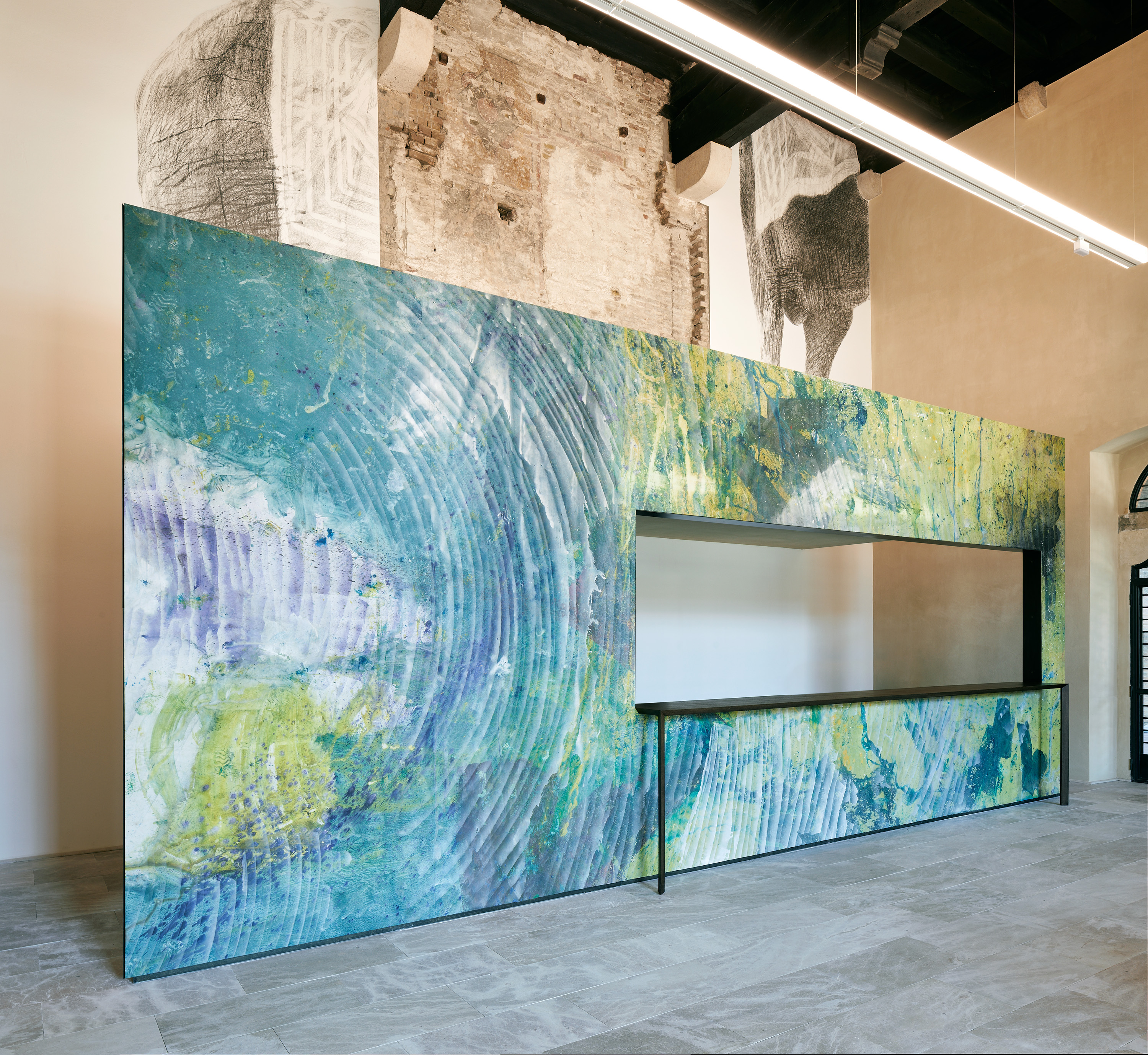
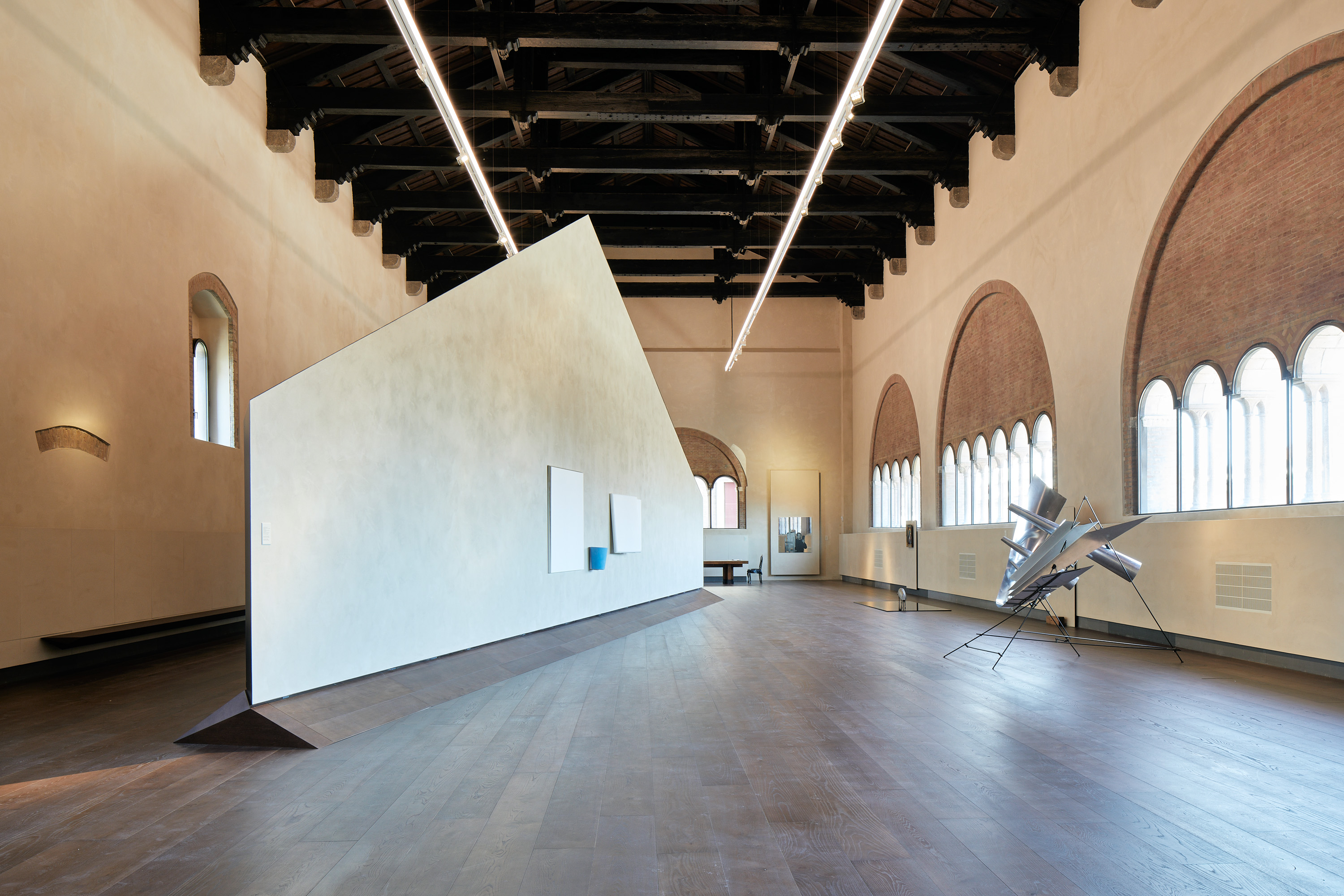
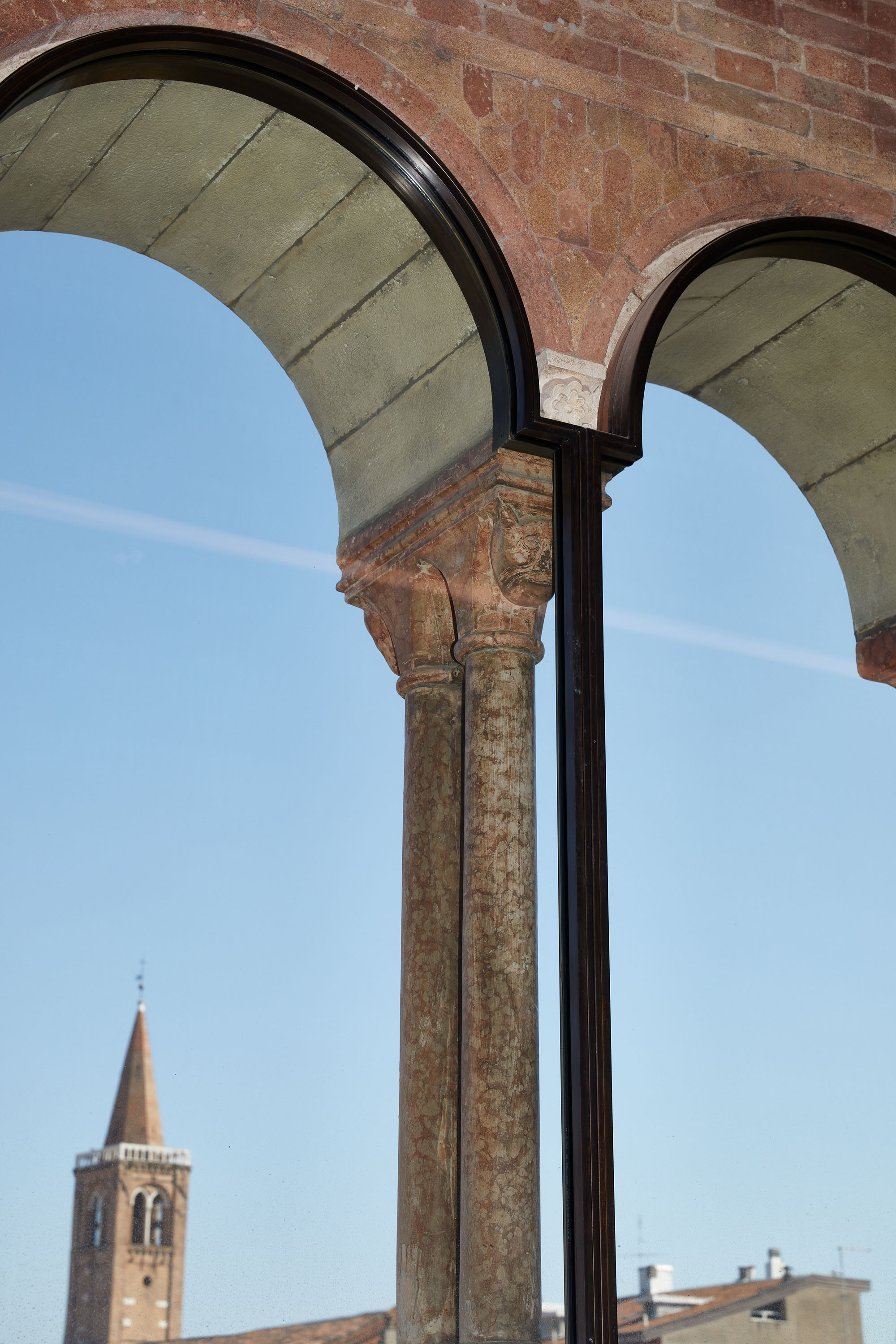
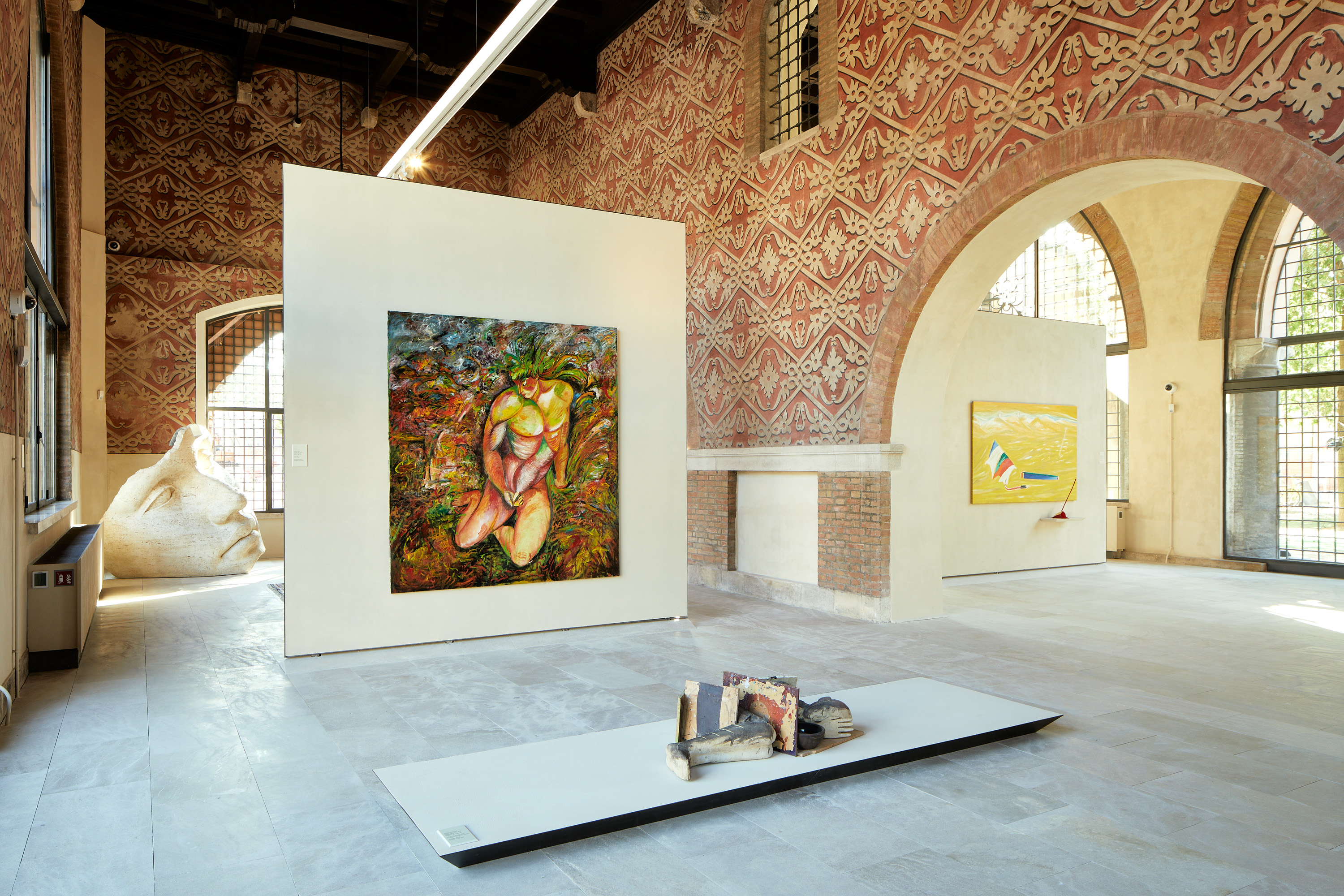
INFORMATION
Wallpaper* Newsletter
Receive our daily digest of inspiration, escapism and design stories from around the world direct to your inbox.
-
 Sotheby’s is auctioning a rare Frank Lloyd Wright lamp – and it could fetch $5 million
Sotheby’s is auctioning a rare Frank Lloyd Wright lamp – and it could fetch $5 millionThe architect's ‘Double-Pedestal’ lamp, which was designed for the Dana House in 1903, is hitting the auction block 13 May at Sotheby's.
By Anna Solomon
-
 Naoto Fukasawa sparks children’s imaginations with play sculptures
Naoto Fukasawa sparks children’s imaginations with play sculpturesThe Japanese designer creates an intuitive series of bold play sculptures, designed to spark children’s desire to play without thinking
By Danielle Demetriou
-
 Japan in Milan! See the highlights of Japanese design at Milan Design Week 2025
Japan in Milan! See the highlights of Japanese design at Milan Design Week 2025At Milan Design Week 2025 Japanese craftsmanship was a front runner with an array of projects in the spotlight. Here are some of our highlights
By Danielle Demetriou
-
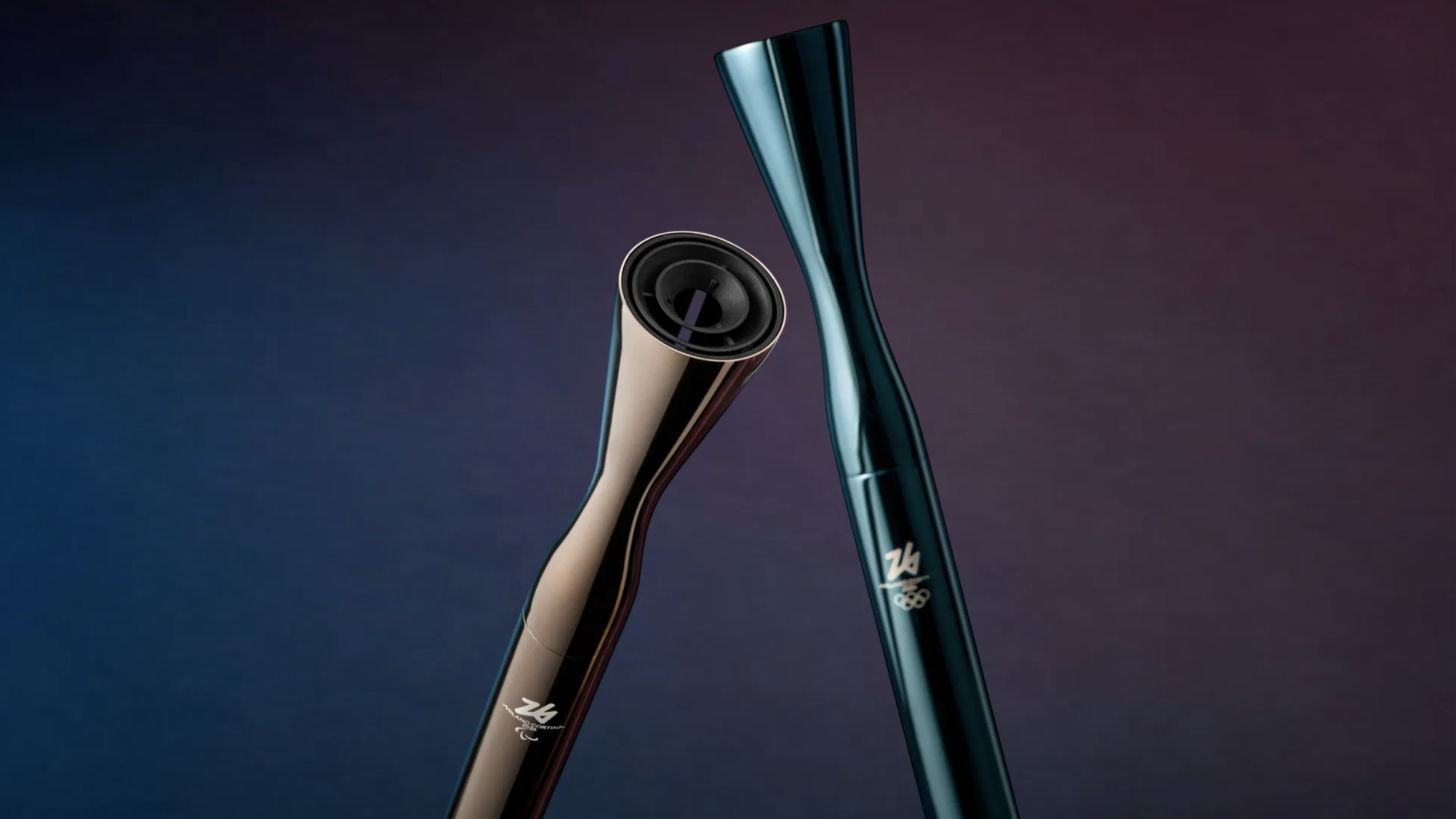 2026 Olympic and Paralympic Torches: in Carlo Ratti's minimalism ‘the flame is the protagonist’
2026 Olympic and Paralympic Torches: in Carlo Ratti's minimalism ‘the flame is the protagonist’The 2026 Olympic and Paralympic Torches for the upcoming Milano Cortina Games have been revealed, designed by architect Carlo Ratti to highlight the Olympic flame
By Ellie Stathaki
-
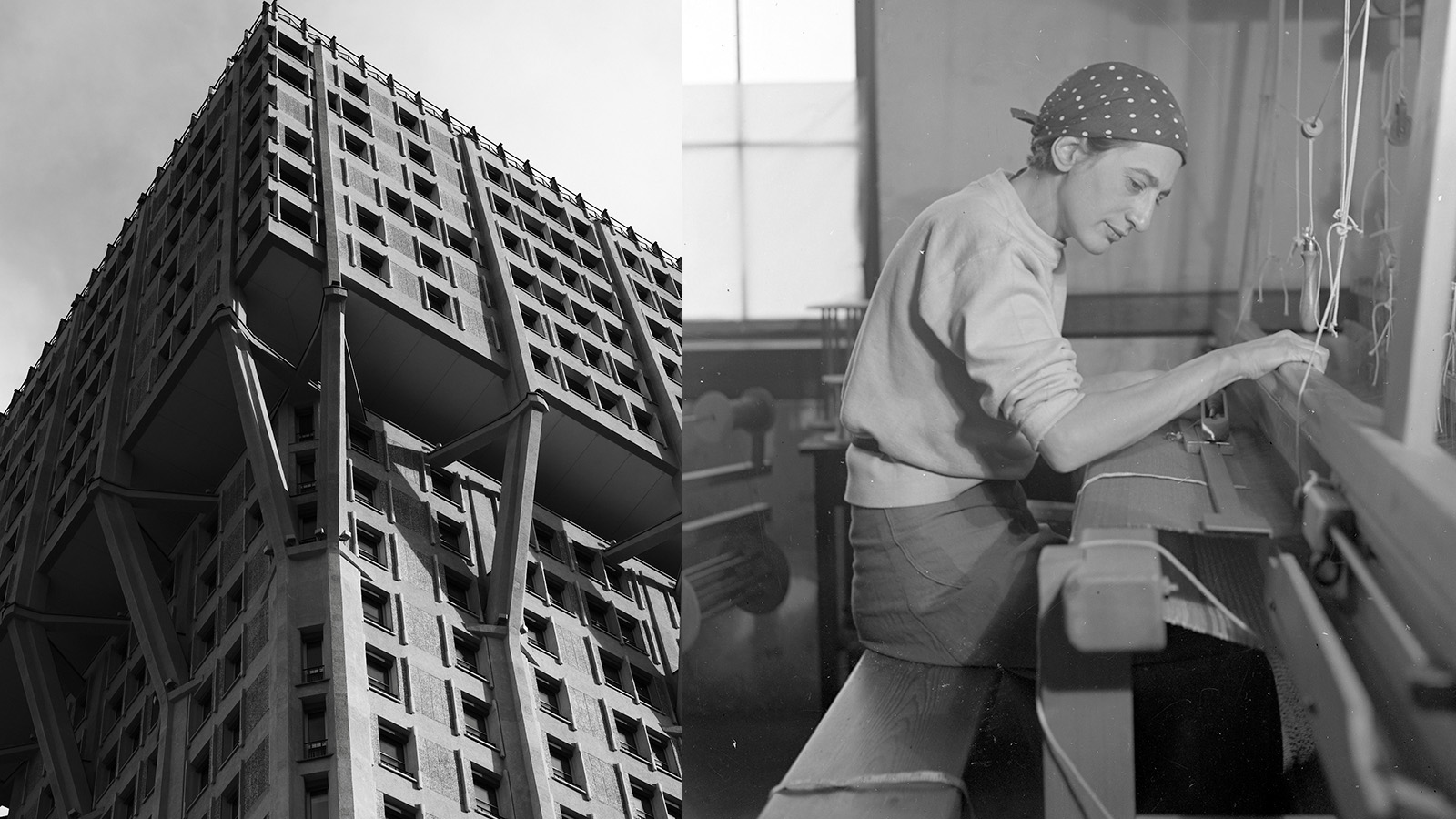 Anni Albers' weaving magic offers a delightful 2-in-1 modernist showcase in Milan
Anni Albers' weaving magic offers a delightful 2-in-1 modernist showcase in MilanA Milan Design Week showcase of Anni Albers’ weaving work, brought to life by Dedar with the Josef & Anni Albers Foundation, brings visitors to modernist icon, the BBPR-designed Torre Velasca
By Ellie Stathaki
-
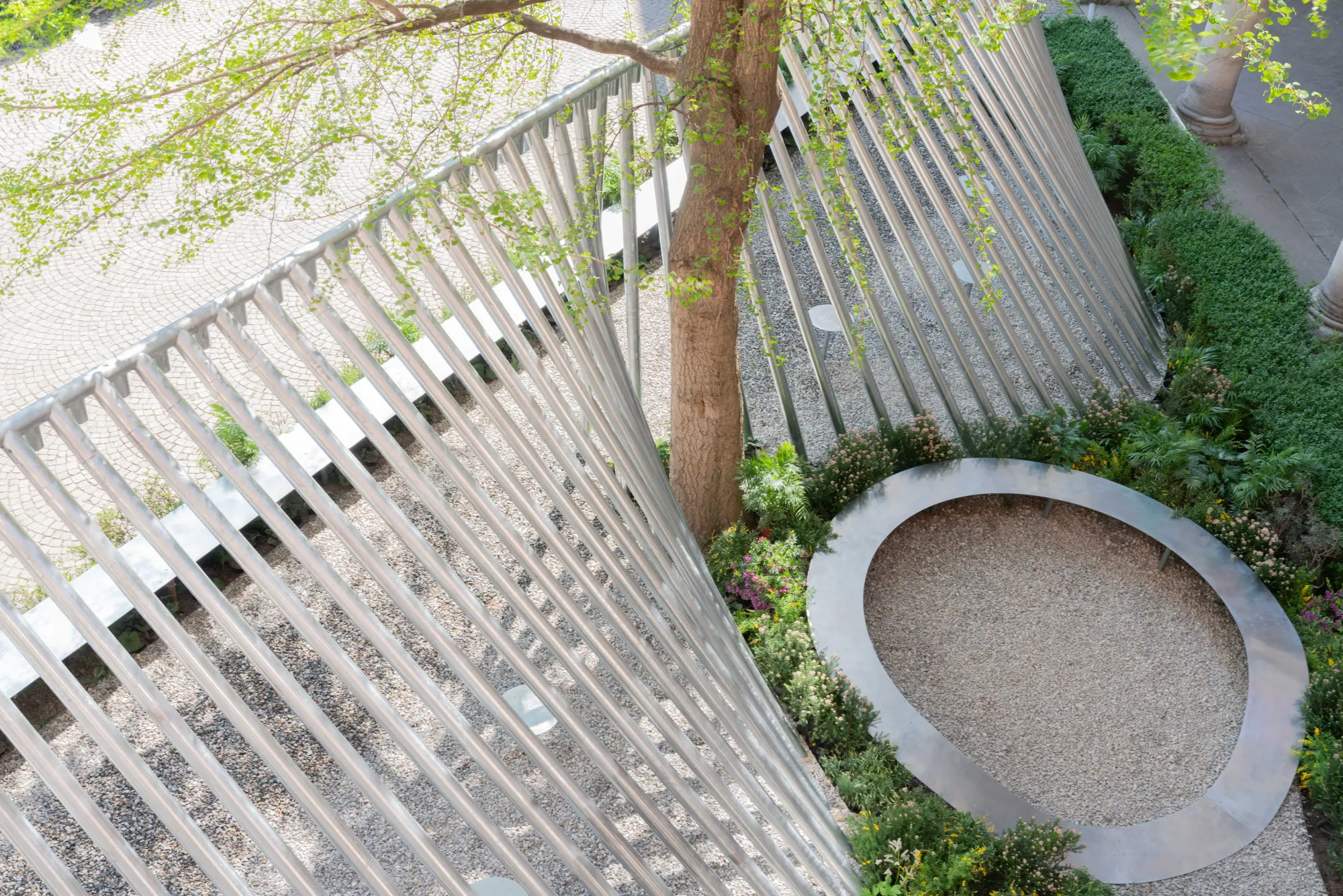 Milan Design Week: ‘A Beat of Water’ highlights the power of the precious natural resource
Milan Design Week: ‘A Beat of Water’ highlights the power of the precious natural resource‘A Beat of Water’ by BIG - Bjarke Ingels Group and Roca zooms in on water and its power – from natural element to valuable resource, touching on sustainability and consumption
By Ellie Stathaki
-
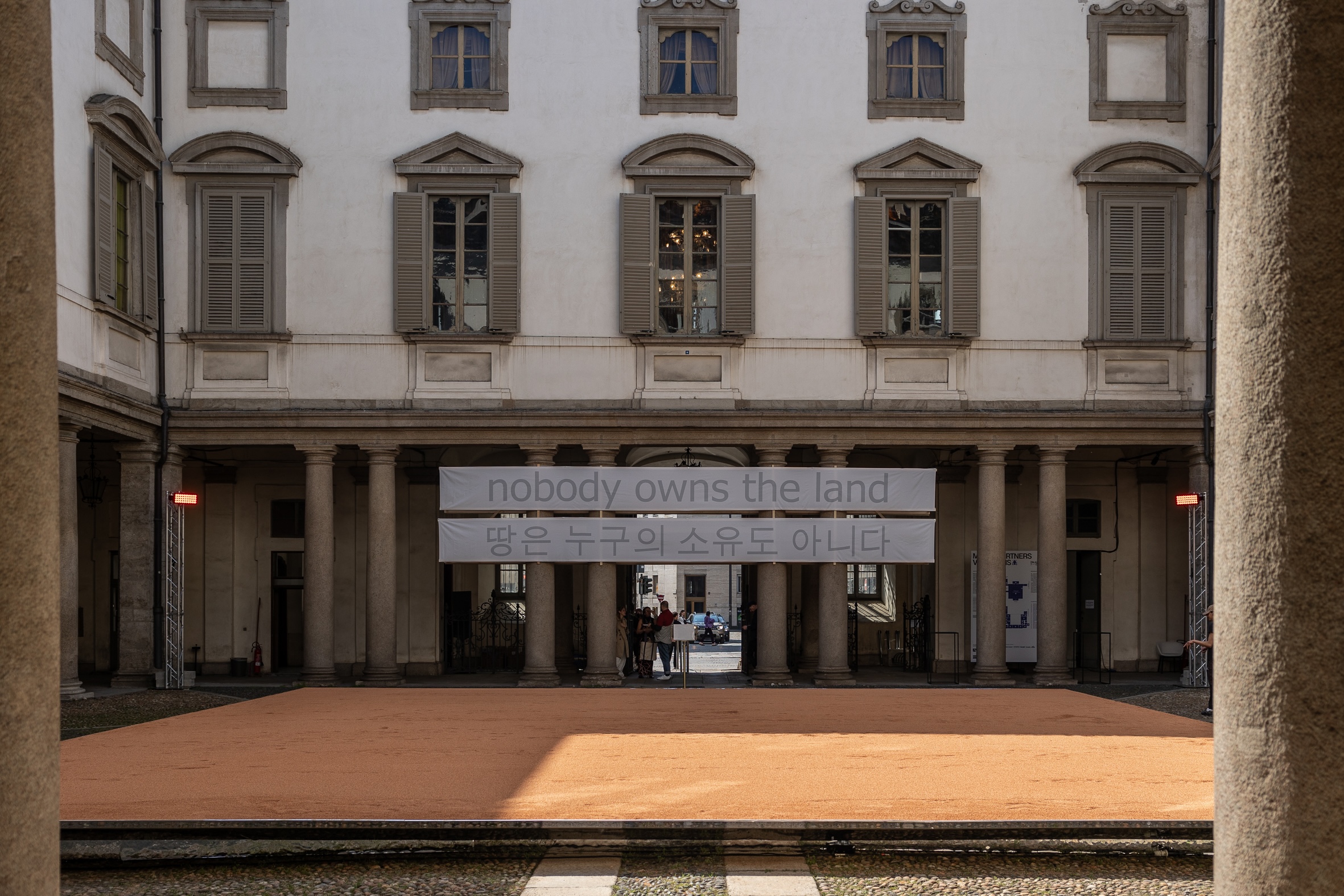 This Milan Design Week installation invites you to tread barefoot inside a palazzo
This Milan Design Week installation invites you to tread barefoot inside a palazzoAt Palazzo Litta, Moscapartners and Byoung Cho launch a contemplative installation on the theme of migration
By Ellie Stathaki
-
 The Yale Center for British Art, Louis Kahn’s final project, glows anew after a two-year closure
The Yale Center for British Art, Louis Kahn’s final project, glows anew after a two-year closureAfter years of restoration, a modernist jewel and a treasure trove of British artwork can be seen in a whole new light
By Anna Fixsen
-
 The upcoming Zaha Hadid Architects projects set to transform the horizon
The upcoming Zaha Hadid Architects projects set to transform the horizonA peek at Zaha Hadid Architects’ future projects, which will comprise some of the most innovative and intriguing structures in the world
By Anna Solomon
-
 You’ll soon be able to get a sneak peek inside Peter Zumthor’s LACMA expansion
You’ll soon be able to get a sneak peek inside Peter Zumthor’s LACMA expansionBut you’ll still have to wait another year for the grand opening
By Anna Fixsen
-
 NYC's The New Museum announces an OMA-designed extension
NYC's The New Museum announces an OMA-designed extensionOMA partners including Rem Koolhas and Shohei Shigematsu are designing a new building for Manhattan's only dedicated contemporary art museum
By Anna Solomon